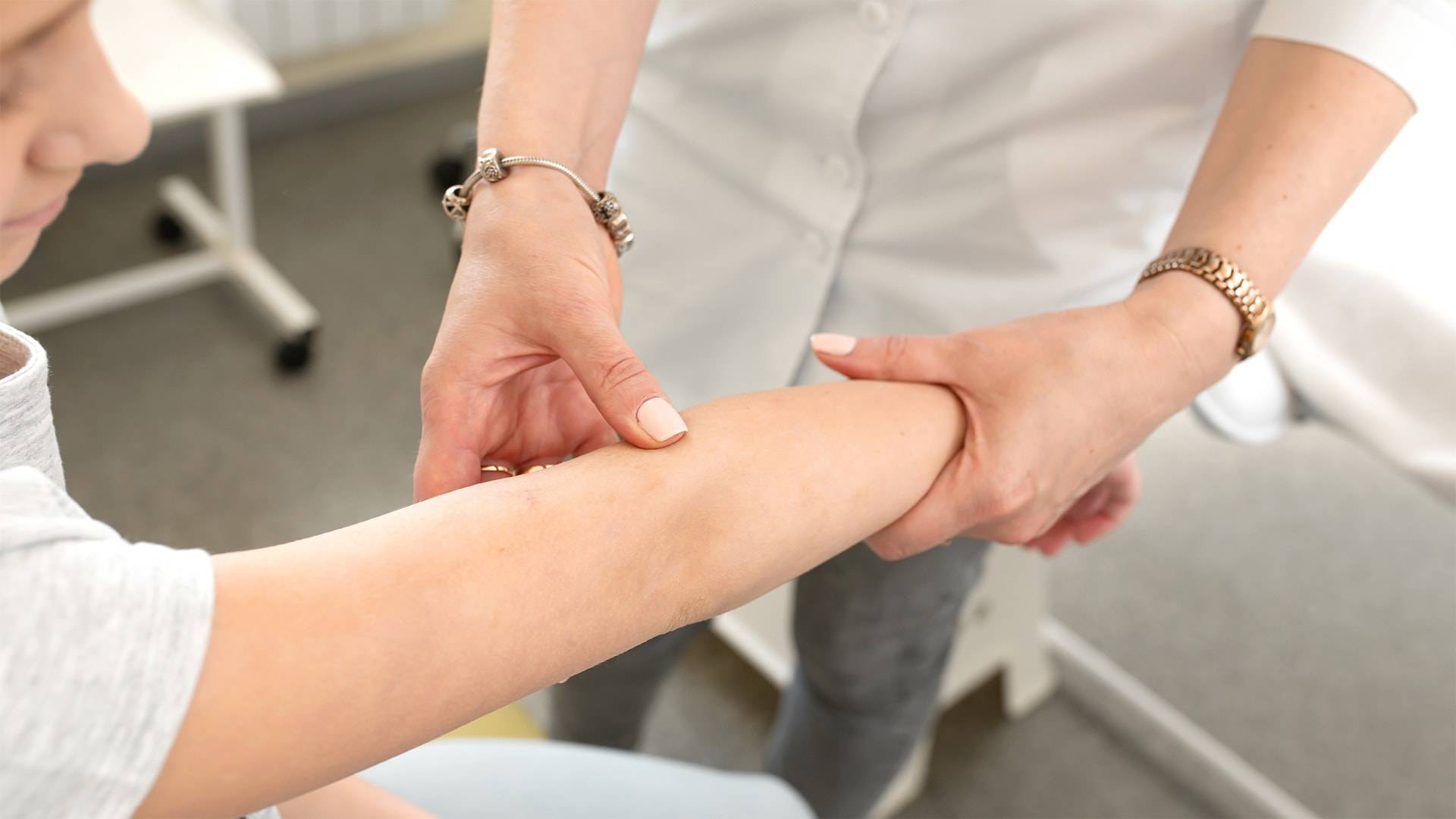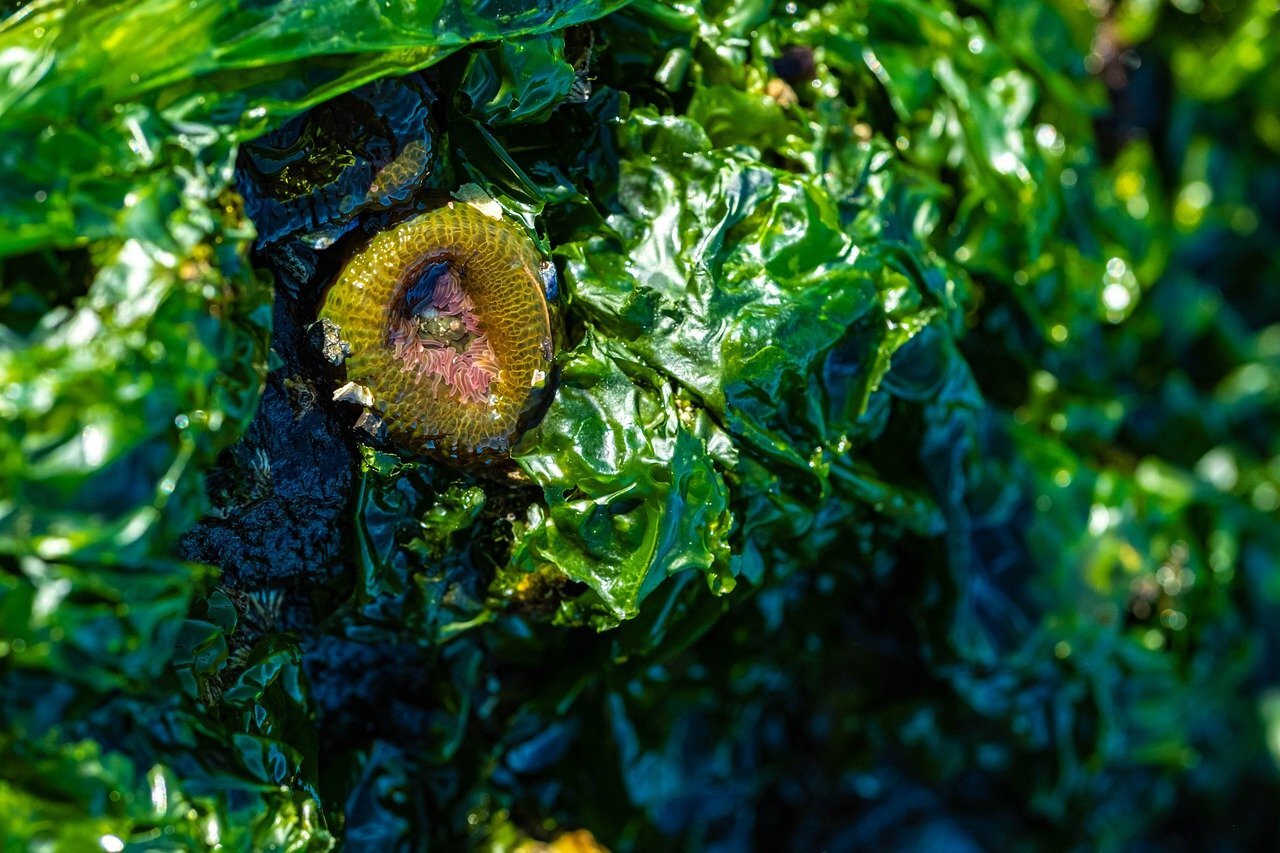
Molluscum Contagiosum is a common skin infection caused by a virus, leading to small, painless bumps on the skin. Testing for Molluscum Contagiosum can help confirm the diagnosis, especially when the bumps resemble other skin conditions. Why is testing important? It ensures proper treatment and prevents the spread of the virus to others. How is it done? Usually, a healthcare provider examines the bumps visually. In some cases, a sample from a bump is taken for lab analysis. Who should get tested? Anyone with unexplained skin bumps, especially if they spread or persist, should consider testing. What are the benefits? Early detection helps manage symptoms and reduces transmission.
What is Molluscum Contagiosum?
Molluscum Contagiosum is a viral skin infection causing small, raised, pearly bumps on the skin. It's common in children but can affect adults too. Understanding how to test for it is crucial for proper diagnosis and treatment.
-
Caused by a Virus: The infection is caused by the Molluscum contagiosum virus (MCV), a member of the poxvirus family. This virus spreads through direct contact with infected skin or contaminated objects.
-
Common in Children: Children between the ages of 1 and 10 are most susceptible. Their immune systems are still developing, making them more prone to infections like this.
How is Molluscum Contagiosum Diagnosed?
Diagnosing Molluscum Contagiosum involves a few steps. Doctors usually rely on physical examinations but sometimes need additional tests.
-
Physical Examination: Doctors often diagnose Molluscum Contagiosum by examining the characteristic bumps on the skin. These bumps are usually small, firm, and have a dimple in the center.
-
Dermatoscopy: A dermatoscope, a special magnifying tool, helps doctors get a closer look at the lesions. This tool can reveal details not visible to the naked eye, aiding in accurate diagnosis.
Laboratory Tests for Molluscum Contagiosum
When physical examination isn't enough, laboratory tests come into play. These tests confirm the presence of the virus.
-
Skin Biopsy: In some cases, a small sample of the lesion is taken for microscopic examination. This biopsy helps rule out other skin conditions with similar appearances.
-
Polymerase Chain Reaction (PCR): PCR tests detect the DNA of the Molluscum contagiosum virus. This highly sensitive test can confirm the infection even when the virus is present in low quantities.
Treatment Options for Molluscum Contagiosum
Once diagnosed, several treatment options are available. These treatments aim to remove the lesions and prevent the spread of the virus.
-
Cryotherapy: This treatment involves freezing the lesions with liquid nitrogen. It’s effective but can be uncomfortable, especially for children.
-
Topical Treatments: Creams containing ingredients like salicylic acid or potassium hydroxide can help dissolve the bumps. These treatments are less invasive but require consistent application.
Preventing the Spread of Molluscum Contagiosum
Prevention is key to controlling the spread of Molluscum Contagiosum. Simple measures can significantly reduce the risk of transmission.
-
Avoid Sharing Personal Items: Sharing towels, clothing, or toys can spread the virus. Keeping personal items separate helps prevent infection.
-
Good Hygiene Practices: Regular hand washing and keeping the skin clean and dry can lower the risk of contracting or spreading the virus. Teaching children these habits is particularly important.
Understanding Molluscum Contagiosum Testing
Molluscum contagiosum testing helps identify a common skin infection caused by a poxvirus. Knowing the symptoms, like small, raised, and flesh-colored bumps, can prompt timely medical advice. Testing usually involves a physical exam, but sometimes a biopsy confirms the diagnosis. Early detection and treatment prevent the spread of the virus, especially in children and those with weakened immune systems.
Treatment options include topical therapies, cryotherapy, and sometimes laser treatments. Good hygiene practices, like not sharing personal items and keeping affected areas clean, reduce transmission. Awareness and education about molluscum contagiosum testing empower individuals to seek appropriate care and minimize the infection's impact.
Staying informed about this skin condition ensures better health outcomes and helps maintain skin health. Always consult healthcare professionals for accurate diagnosis and treatment options.
Was this page helpful?
Our commitment to delivering trustworthy and engaging content is at the heart of what we do. Each fact on our site is contributed by real users like you, bringing a wealth of diverse insights and information. To ensure the highest standards of accuracy and reliability, our dedicated editors meticulously review each submission. This process guarantees that the facts we share are not only fascinating but also credible. Trust in our commitment to quality and authenticity as you explore and learn with us.


